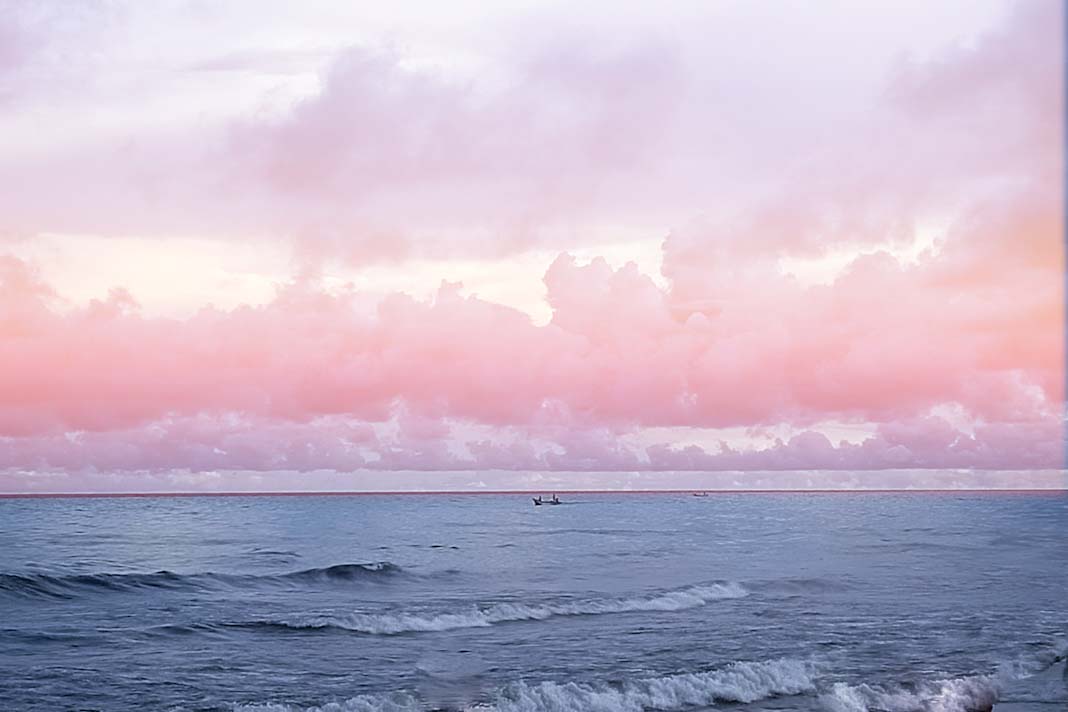- In a bold move, the Russian oil tanker Shturman Skuratov has completed the first oil shipment of the year along the Northern Sea Route without icebreaker support.
- The 245-meter vessel, carrying 38,000 tons of oil, navigated the challenging Arctic passage despite encountering significant sea ice.
Unassisted Passage Through Icy Strait
The Shturman Skuratov’s journey began at the Novy Port oil field in the Yamal Peninsula. Its destination is Kozmina, a port on Russia’s Pacific coast. A key milestone of the voyage was successfully traversing the Vilkitsky Strait, known for its treacherous icy waters, on June 21st.
Thick Ice Cover Presents Challenges
While summer approaches, the Arctic region continues to be impacted by extensive sea ice. According to ice maps, the Shturman Skuratov will encounter thick ice for much of its remaining journey. The Eastern Laptev Sea may offer some open water, but the Vilkitsky Strait and areas south of the New Siberian Islands remain locked in fast ice.
Independent Navigation Authorized
Despite the challenging ice conditions, Russian authorities granted the Shturman Skuratov permission to sail independently. This authorization is valid until January 31, 2025. The move highlights Russia’s growing confidence in its icebreaking capabilities and potentially signals a shift towards more independent navigation in the Arctic.
Context: A Balancing Act
This daring voyage comes just days before a ban on the use of heavy fuel oil (HFO) takes effect in the Arctic on July 1st. The ban aims to protect the delicate Arctic environment from the harmful effects of HFO spills. In February, two non-oil cargo ships used the Northern Sea Route with icebreaker assistance.
The Future of the Northern Sea Route
The success of the Shturman Skuratov’s solo journey could pave the way for more such voyages in the future, potentially increasing traffic on the Northern Sea Route. However, the long-term viability of these independent trips remains to be seen, especially considering the persistent sea ice cover.
Did you subscribe to our daily Newsletter?
It’s Free! Click here to Subscribe
Source: Safety4sea
















